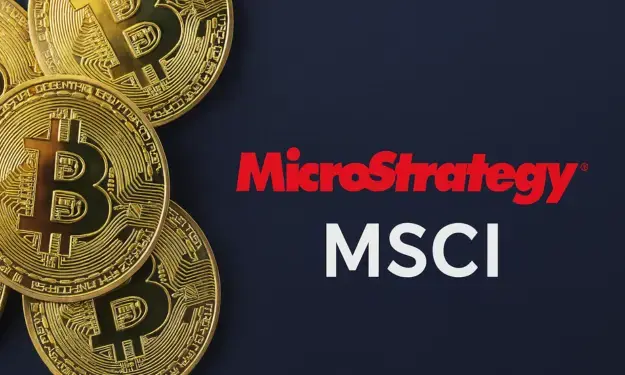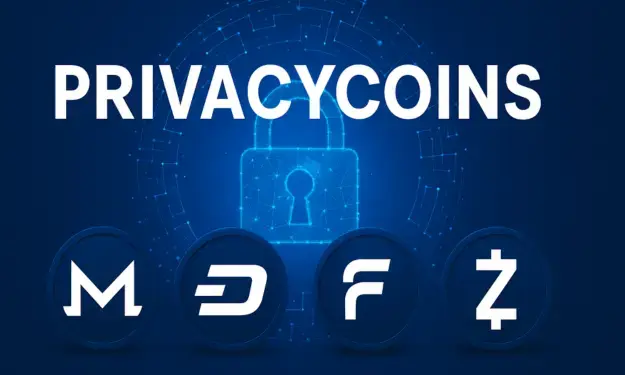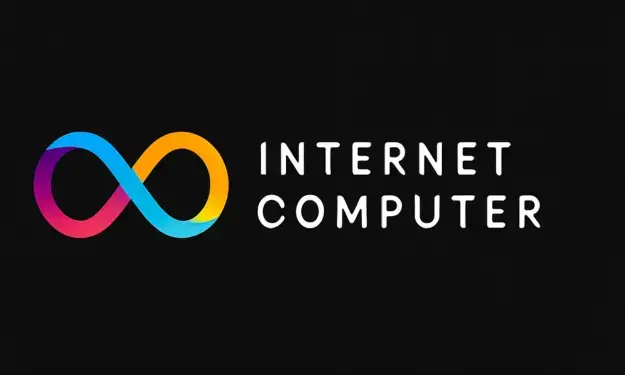Cosmos
Publication date: Oct. 31, 2024
What is Cosmos?
Cosmos is a cryptocurrency and blockchain ecosystem focused on solving a major problem within the world of digital currencies: communication between different networks. The Cosmos network, along with its native token ATOM, was created to provide a solution to the fragmentation often seen in the crypto world. Many blockchains operate independently of each other, making interoperability, or the ability to exchange data, difficult. To this end, Cosmos provides an infrastructure that enables collaboration between different networks.
Cosmos' mission is simple but ambitious: to create an "Internet of Blockchains." This means that its goal is to develop a distributed network of independent blockchains that can communicate with each other in a simple way. This will make it easier to exchange value and data without having to completely redesign the various blockchains or merge them into a single network (consolidated). This promotes not only the scalability of crypto networks, but also their practical usability.

How does Cosmos work?
The Cosmos ecosystem works with a unique design known as the "Hub and Spoke" model, where the central blockchain is the Cosmos Hub. This hub acts as a kind of connection point that enables communication between different blockchains, known as spokes. Through this system, blockchains that would normally function independently, such as Ethereum or Bitcoin, can be connected through Cosmos and exchange data or value.
What makes Cosmos even more unique is the consensus mechanism it uses, called "Tendermint." This is a more efficient and faster mechanism compared to what traditional cryptoprojects like Bitcoin use. Tendermint allows it to process thousands of transactions per second, while being more secure and energy efficient. This allows users to benefit from faster transactions without wasting much energy, something often seen as a problem in the broader crypto industry.
History of Cosmos
Cosmos was officially launched in 2014 by founders Jae Kwon and Ethan Buchman, with support from the company Tendermint Inc. The original idea was to overcome the limitations of existing crypto networks by enabling interoperability. In the early years, the focus was mainly on developing the protocol and underlying infrastructure, which eventually led to the introduction of the Cosmos network.
In 2019, Cosmos' mainnet was officially launched, which was a major milestone for the project. From then on, different blockchains could communicate with each other through the Cosmos Hub, which opened the doors for wider adoption of the technology. Since then, Cosmos has continued to grow, receiving multiple updates and enhancements that further improve its functionality and ease of use.
The history of Cosmos is marked by collaborations with various blockchain projects. One of the most important collaborations Cosmos has had was with Binance. Binance, the world's largest crypto exchange, chose to base part of its infrastructure on Cosmos' technology because of its scalability and interoperability advantages. This partnership has given Cosmos a prominent place within the industry, and has helped to further grow its ecosystem.
What's going on at Cosmos
Recently, there have been several developments within the Cosmos ecosystem that have caught the attention of the market. In 2023, Cosmos launched a major update called "Cosmos 2.0," which included a number of improvements to make the network more secure and user-friendly. One of the most important changes was the expansion of the strike mechanisms, allowing users to gain even more benefits by locking their ATOM tokens into the network. In addition, this update introduced Interchain Security, a new security model that allows smaller blockchains to leverage the security of the larger Cosmos Hub. This makes the network more secure, by making smaller blockchains less vulnerable to attack, and at the same time reduces the technical complexity for developers, making it easier for new projects to join.
In addition, several collaborations with other blockchain projects have been established over the past year. One of the most notable was the collaboration with the Polkadot network, another interoperable blockchain project. This collaboration was designed to make data transfer between the two networks easier, helping both projects increase their market share and attract new users.
However, despite these advances, Cosmos has also faced some challenges. One of the most prominent issues is competition in the industry of interoperable blockchain networks. Projects such as Polkadot and Avalanche have similar goals and offer similar solutions, forcing Cosmos to constantly innovate and improve to stay relevant. Furthermore, there have also been some technical issues during the implementation of new upgrades, although these were usually resolved quickly.
ATOM price movement
At launch, ATOM was trading around $7-$8, but as demand for interoperability solutions increased, the value rose. In 2021, ATOM reached a high of more than $40, thanks to the overall growth of the crypto market and the increasing use of the Cosmos network to connect different blockchains.
In the past 12 months, however, ATOM has shown mixed price performance. In early 2023, the token was trading around $10-$15, but by the end of the year the price dropped to around $7-$8.
Compared to Bitcoin, the rise in value of Bitcoin and Cosmos has been much greater. In the chart below, we contrast Bitcoin (orange) with Cosmos (blue) and see that especially in 2024, Cosmos' price lags considerably.

Advantages of investing in Cosmos
1. Interoperability across networks: Cosmos makes it possible for different blockchains to easily communicate with each other, significantly increasing the usability of blockchain technology in practice. This makes it an attractive choice for developers and investors alike.
2. Scalability: Cosmos is built to handle millions of transactions. This means the network is able to operate at high capacity without degrading performance, which is especially important for users during busy times.
3. Active community: Cosmos has a very active and engaged community of developers. This ensures that the network is constantly being improved and adapted to users' needs, making the platform very flexible.
4. Energy efficient operation: By using the Tendermint consensus mechanism, Cosmos consumes less energy than many other crypto projects. This makes it a more sustainable alternative compared to Bitcoin, for example, which can be attractive to environmentally conscious investors.
5. Regular updates: Cosmos continues to innovate and add new features to the platform. This shows that the team behind the project is actively working to improve the technology, which increases the chances of future growth.
Disadvantages of investing in Cosmos
1. Competing projects: Although Cosmos has many unique features, there are other projects such as Polkadot that address the same problem of interoperability. This means Cosmos must constantly innovate to stay ahead in the market.2. Complex system: For many users and investors, the operation of Cosmos can be complicated to fully understand. This can be a barrier for new investors who are not yet familiar with the technology behind the network.
3. Price instability: Like many cryptocurrencies, Cosmos has experienced significant price fluctuations. This can be perceived as risky for some investors, especially those looking for more stable investments.
4. Technical issues: Despite the many benefits of the Cosmos platform, there have been some technical issues in the past when rolling out new upgrades. This can cause delays and uncertainty within the community.
5. Regulatory uncertainty: The crypto market is increasingly regulated by governments worldwide. This may affect the price of the ATOM token and the overall adoption of the network in the future.
Disclaimer: Investing involves risk. Our analysts are not financial advisors. Always consult an advisor when making financial decisions. The information and tips provided on this website are based on our analysts' own insights and experiences. They are therefore for educational purposes only.

.svg)








.webp)